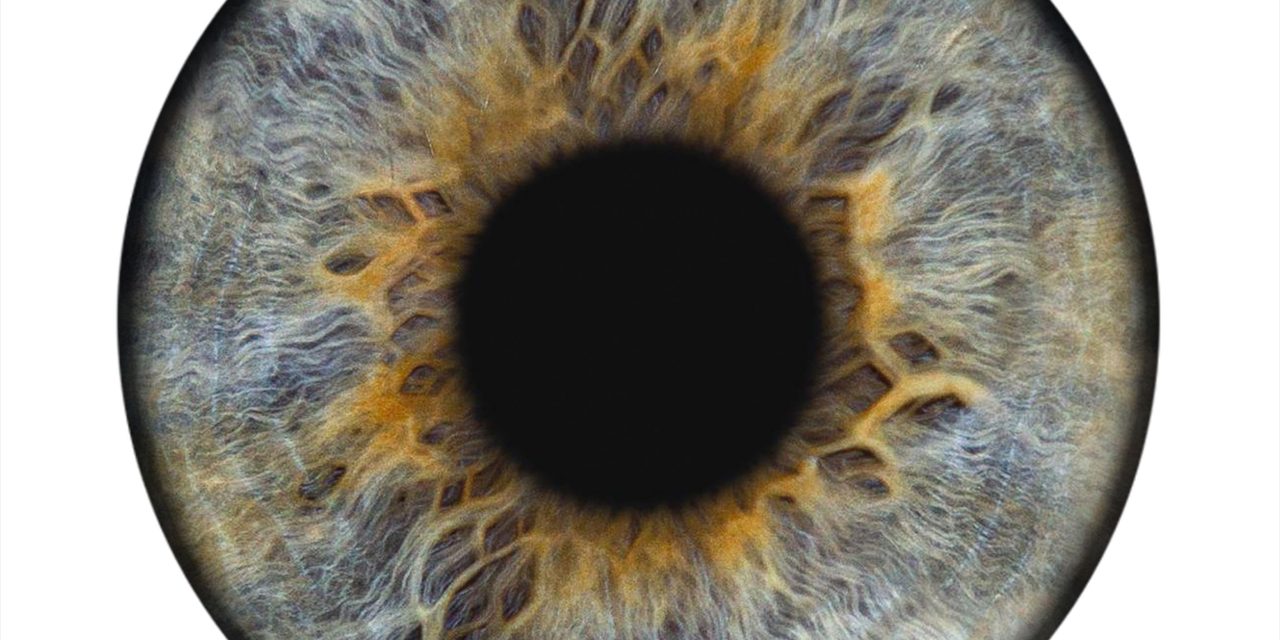Spot-the-difference, the popular childhood game and a prototypical change blindness task, involves identification of differences in local features of two otherwise identical scenes using an eye scanning and matching strategy. Through binocular fusion of the companion scenes, the game becomes a visual search task, wherein players can simply scan the cyclopean percept for local features that may distinctly stand-out due to binocular rivalry/lustre. Here, we had a total of 100 visually normal adult (18-28 years of age) volunteers play this game in the traditional non-fusion mode and after cross-fusion of the companion images using a hand-held mirror stereoscope. The results demonstrate that the fusion mode significantly speeds up gameplay and reduces errors, relative to the non-fusion mode, for a range of target sizes, contrasts, and chromaticity tested (all, p<0.001). Amongst the three types of local feature differences available in these images (polarity difference, presence/absence of a local feature difference and shape difference in a local feature difference), features containing polarity difference was identified as first in ~60-70% of instances in both modes of gameplay (p<0.01), with this proportion being larger in the fusion than in the non-fusion mode. The binocular fusion advantage is lost when the lustre cue is purposefully weakened through alterations in target luminance polarity. The spot-the-difference game may thus be cheated using binocular fusion and the differences readily identified through a vivid experience of binocular rivalry/lustre.
Binocular fusion enhances the efficiency of spot-the-difference gameplay.


